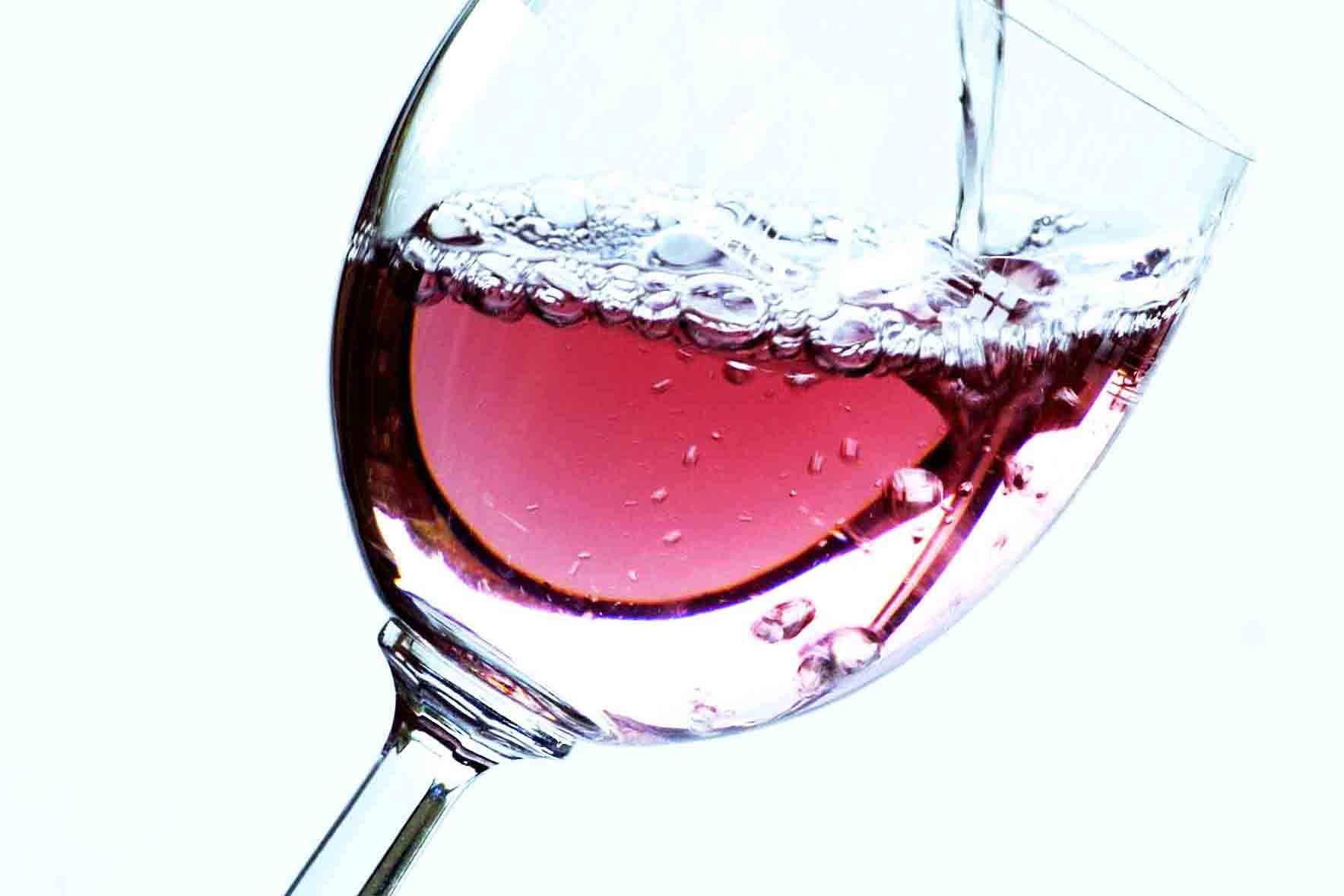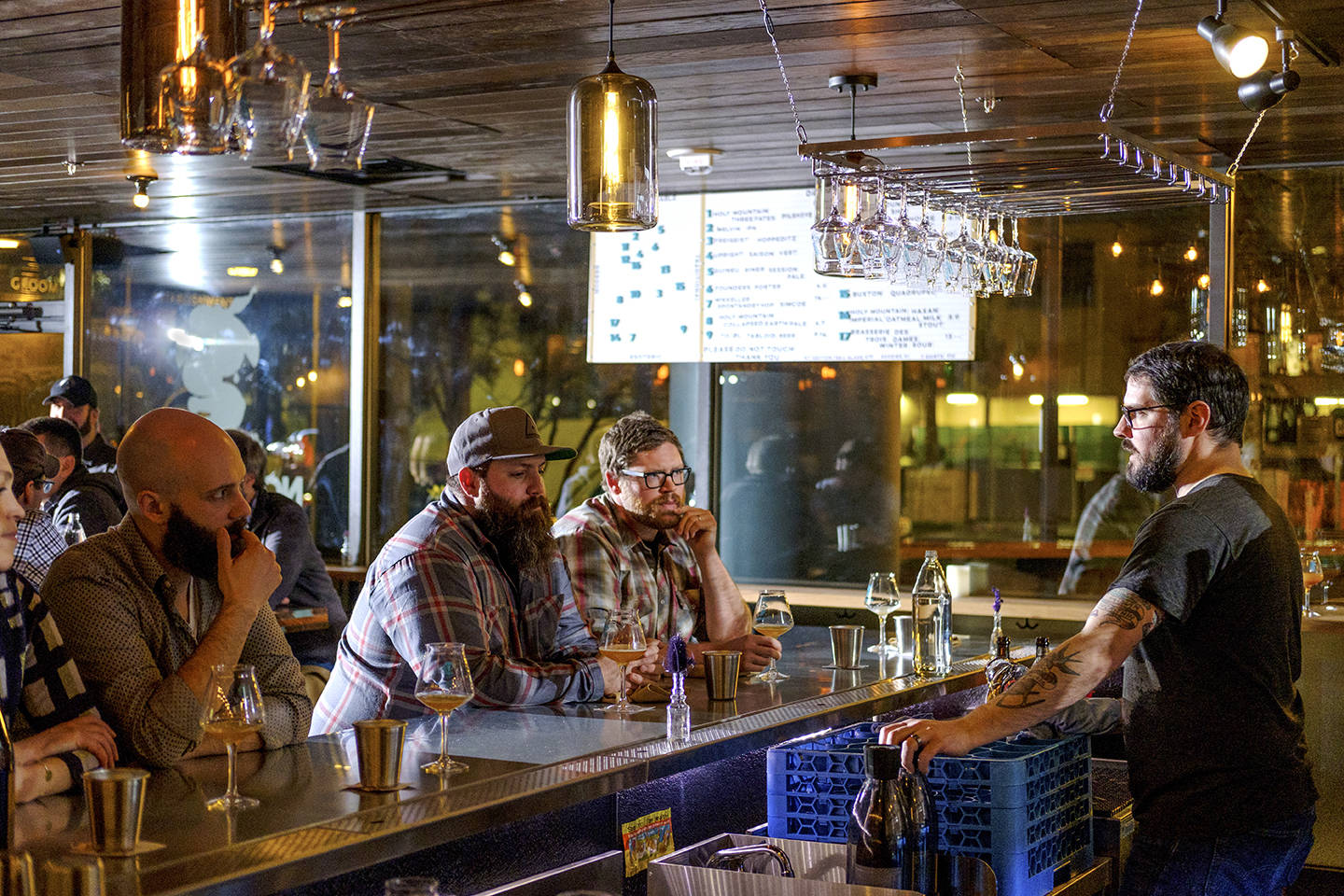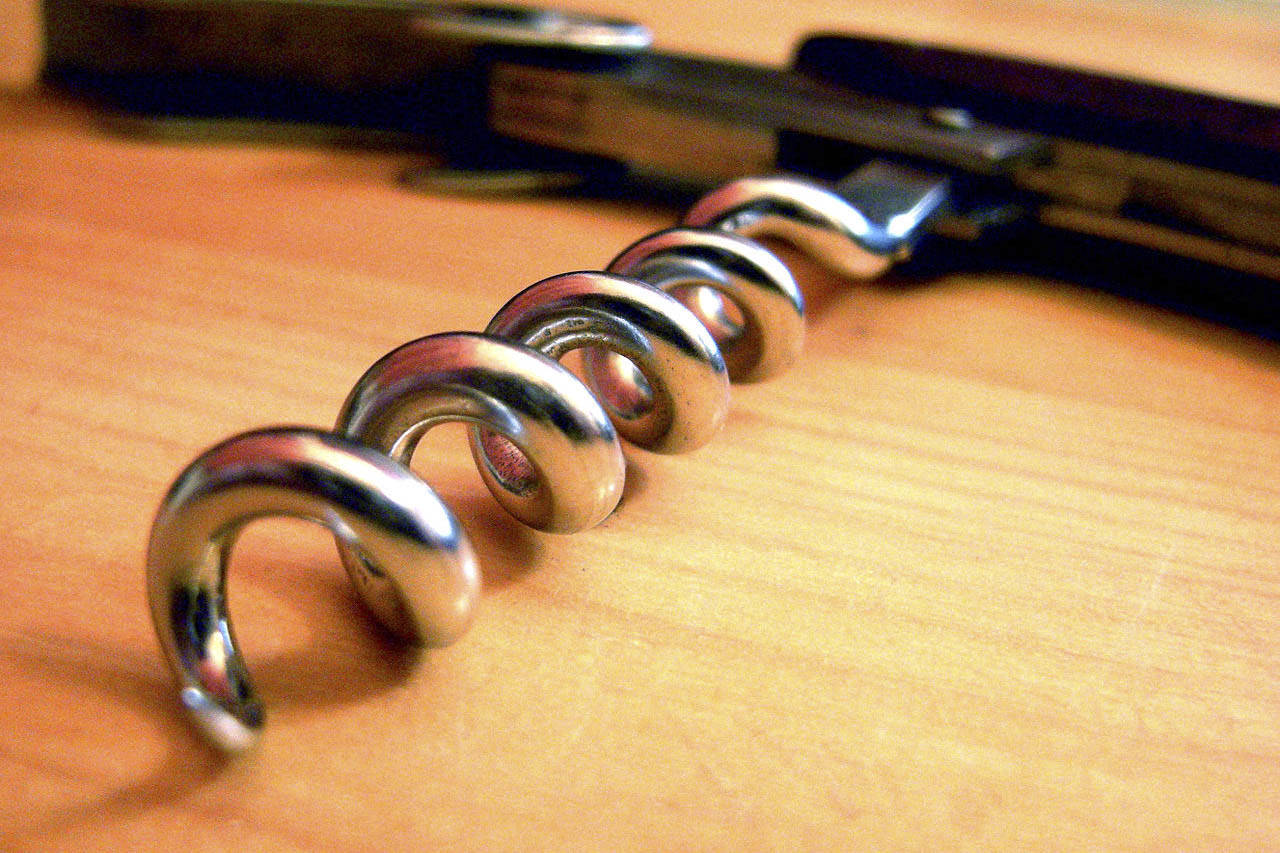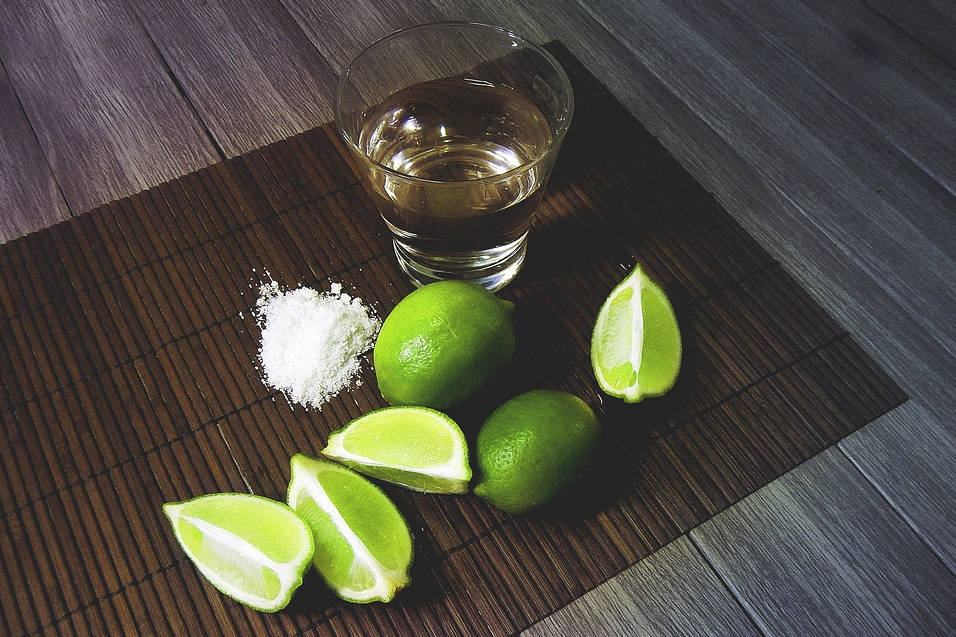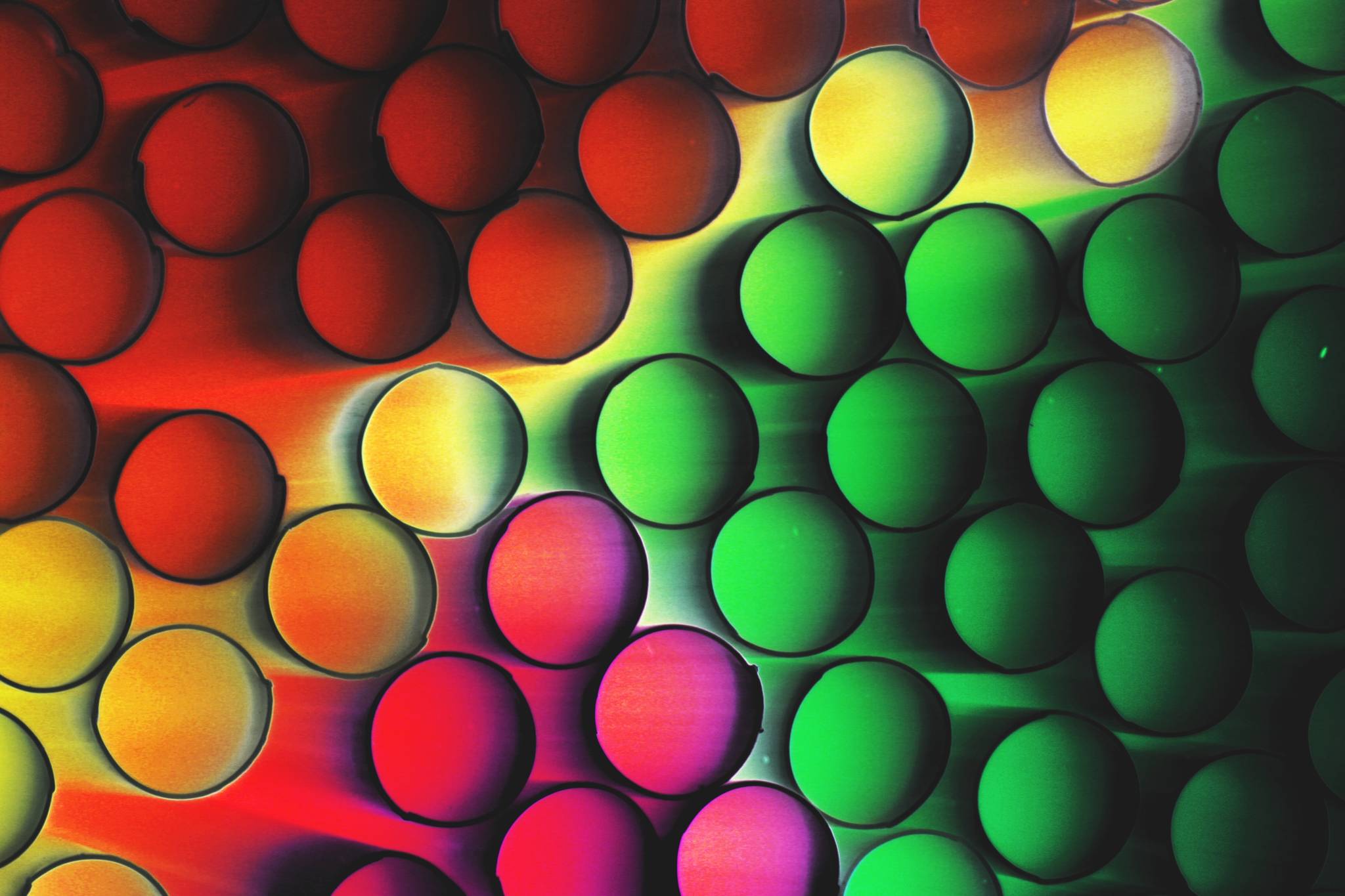I’ve been spending a lot of time lately thinking about the current ethos of Seattle as we all grapple with what our city might become. Innovation, for one, is a big part of who we are now, and while I’ll leave it to those who cover such things to relate it to politics or business, I am seeing a lot of it in our beverage scene. Innovation is necessary for growth, but balancing that growth against long-established traditions is a challenge.
We as drinkers feel the natural tension between innovation and tradition; certain cocktails derive their prestige from having been invented long ago. We venerate the longtime practitioners of the craft while at the same time looking out for the best new bars and bartenders. Social media’s ability to accelerate the pace of everything means that drinks and bars come into fashion and fall out of it almost at once.
In Seattle, innovation has often been driven by the opportunity to make full use of the Pacific Northwest’s incredible natural bounty. Our ability to grow world-class barley (for malting) and world-class hops has helped drive a beer culture that’s truly remarkable in its breadth and depth. The same can be said for our wine industry, especially now that growers and producers are exploring many different parts of the state, often with unfamiliar varietals that prefer cooler climes, more wind, or other conditions than those first pioneered.
Distillation is perhaps the greatest testament to what can be achieved when tradition and innovation are synthesized. When laws were rewritten to allow for craft distillation in the 2000s, lawmakers in Washington included a key provision: To qualify for that craft-spirit designation, more than half of the raw materials in a spirit must come from within the state. While craft-spirits labels have sprung up around the country in the past decade, a strikingly high percentage of them purchase distilled spirits (often unaged whiskey) and then merely age it and bottle it.
That’s not permitted here in Washington, and that has forced distillers the state over to actually learn how to distill. That’s been more costly and challenging up front, but also more rewarding for distillers and drinkers alike in the long run. It’s forced distilleries to figure out what local grains they can work with to make their base spirit, what local herbs and spices they can use to flavor their gin and aquavit, and even how to source local malted barley for single-malt whiskey.
Innovation doesn’t always work, and that’s why tempering that force with a certain appreciation for tradition has born the best results: Hyper-hoppy IPAs have led us to a better understanding of what hop varietals work best together to create balance, while high-alcohol, high-tannin reds have increased our understanding of grape-growing and vinification. Bread Lab in Mount Vernon and Washington State University’s Walter Clore Center in Prosser have broken new ground in our understanding of the science underlying beverage production, and an ever-growing army of brewers, winemakers, distillers—and drinkers—have done the rest.
barcode@seattleweekly.com
